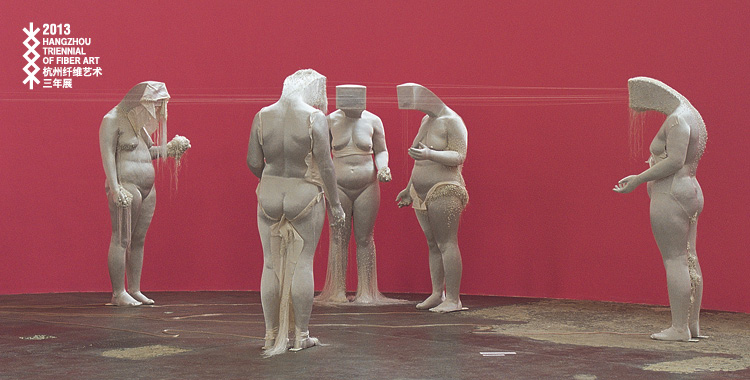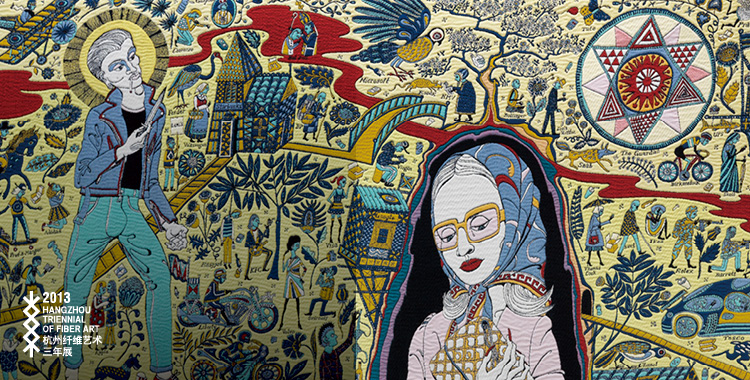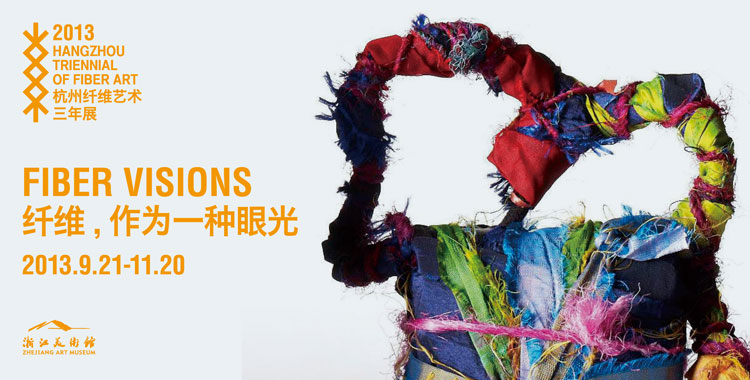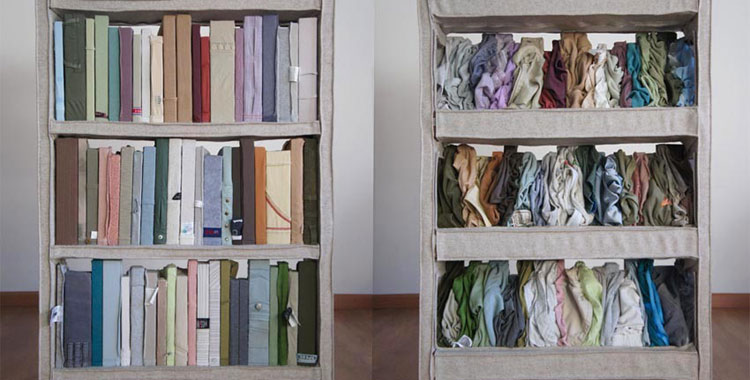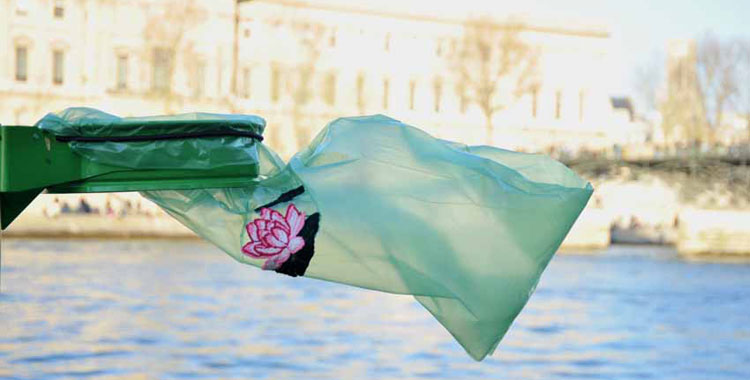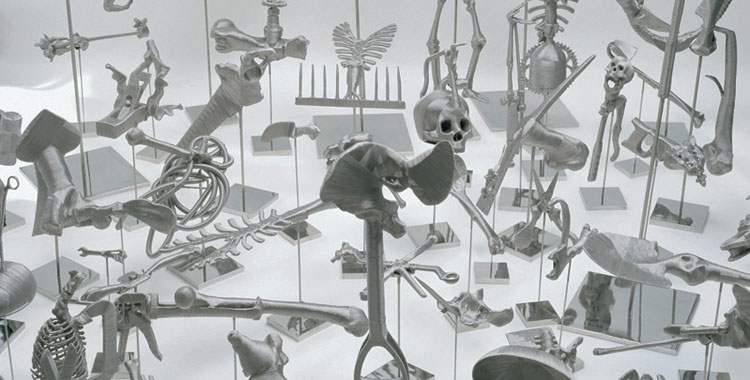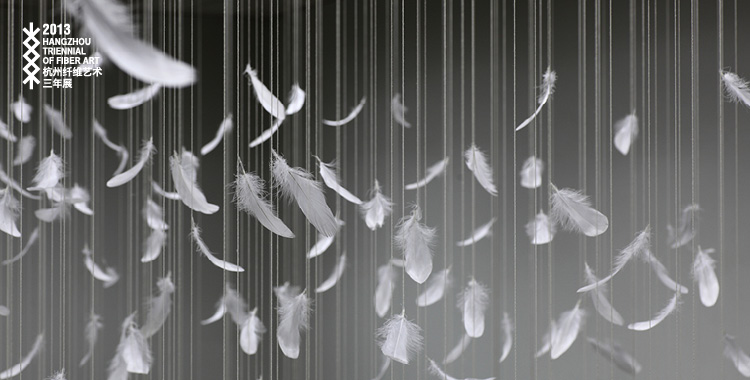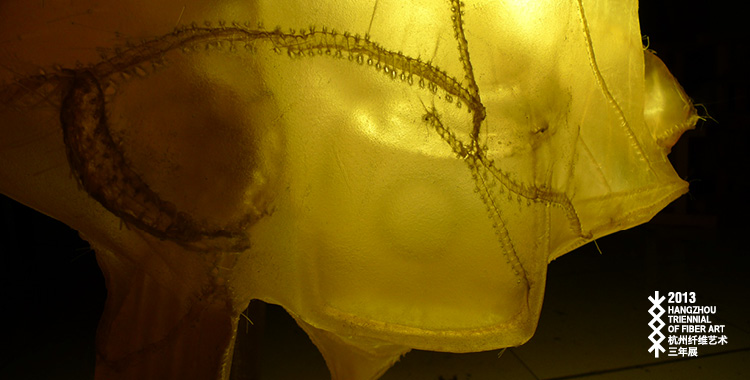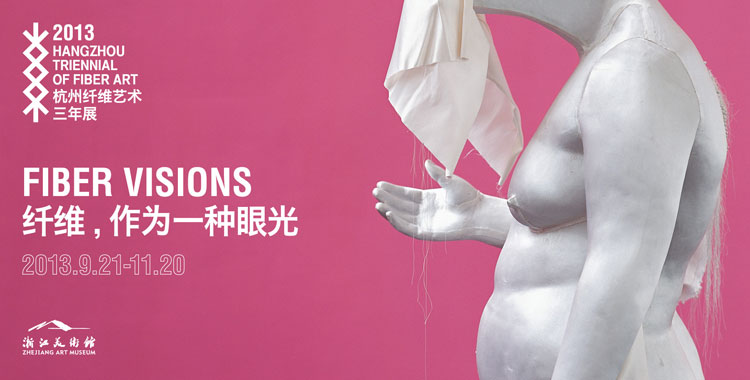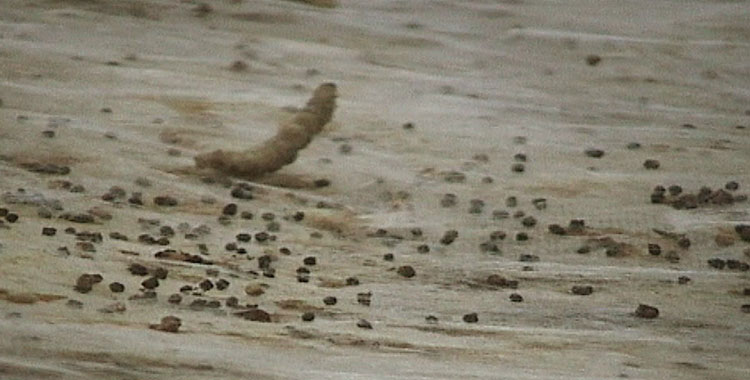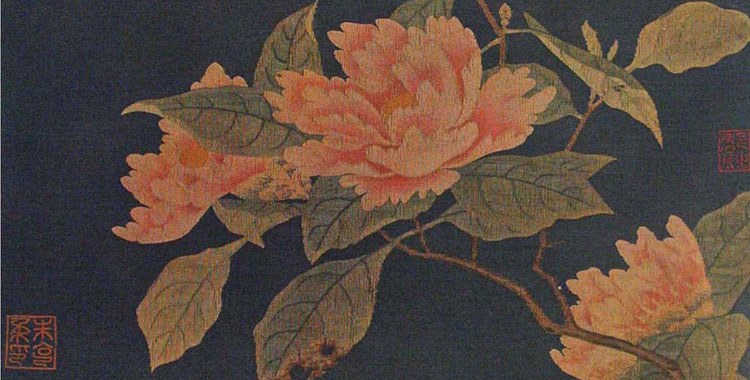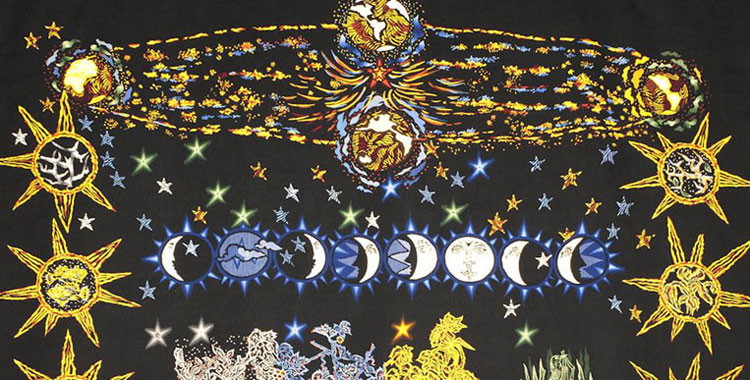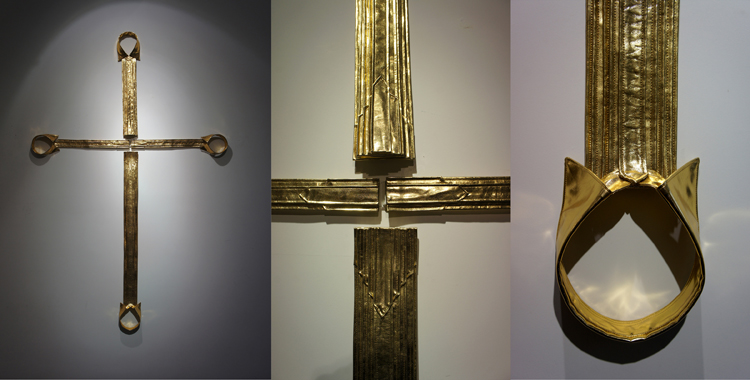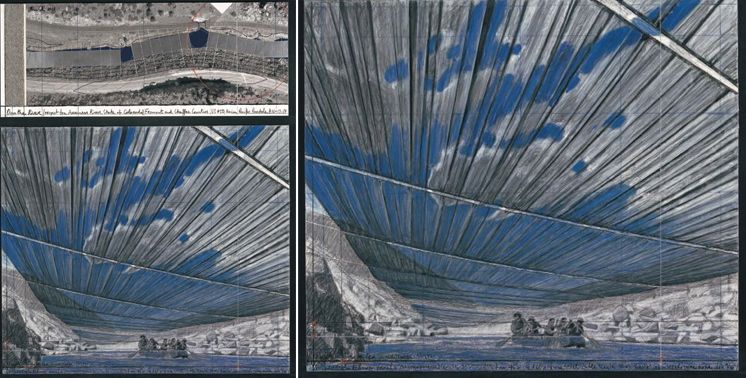Liang Shaoji
Liang Shaoji
Born in Shanghai in 1945, Guangdong Zhongshan native. He studied in the Maryn Varbanov Tapestry Studio, Zhejiang Academy of Art. Now he lives in Linhai, a small town near the Tiantai Mountains.
2002 Chinese Contemporary Art Awards (CCAA)
2009 Prince Claus Awards
Liang Shaoji Solo Exhibition, Prince Claus Fund, Amsterdam, The Netherland
An Infinitely Fine Line: Liang Shaoji Solo Exhibition, Zendai Museum of Modern Art, Shanghai, China
Liang Shaoji Solo Show, Galerie Karsten Greve, Paris, France
2011 Windflower: Perceptions of Nature, Kroller-Müller Museum, Otterlo, The Netherlands
The Shape of Time: The Multi Narrative History in Contemporary Chinese Art, Iberia Center for Contemporary Art, Beijing, China
Nature Contract, Shanghai Times square, Shanghai, China
2011 Chengdu Biennale, Music Square Museum, Chengdu, China
Bishan Plan: Bishan Dacitang, Yi County, Anhui, China
Ta Zhe Zhi Wei: Italy in Chinese Artists' Eyes, Guangzhou, Shanghai, Beijing, China
Community of Tastes: Chinese Contemporary Art Since 2000, MAC USP, Brazil
2012 Questioning Heaven: Liang Shaoji Solo Exhibition, Gao Magee Art Gallery, Madrid, Spain
Art of Change, Hayward Gallery, London, U.K.
2013 Lightness: A Clue and Six Faces, Hive Center For Contemporary Art, Beijing, China
Floating Fantasy
Chanchan concerns the movement of water, and, according to the Five Elements, Silkworm belongs to the element of water. Silkworm Chanchan means the floating water. As the silkworm is pronounced similar to Chan, this title contains and strengthens the meaning of floating of life, which creates a sense of fantasy, changeable, and Buddhist mood.
Creatures have their own biological clock, which trace the whole process of silkworm spinning with a camera. I am surprised to find that the landscape drawn by their life is changed by seasons which are attractive and mysterious. At the beginning of spinning, thousands of silkworms look like the tides. Then follows silk which covers the yellow stain, and as the silk becomes thicker and thicker watermarks appear. These have different densities and radius. The length of the silk (which is influenced by the biological clock and climate) show the characteristics of the water as it changes during the four seasons. The yellow stain on the silk foil turns into prairie, mountain streams, wilderness, and cliff evoking a scene of ancient times. At last, the silkworms die when they have finished spinning, and their bodies are buried below the foil, leaving the feces shining, like creek stones. The magic moment comes when the silkworms turn into butterflies, group of which fly and circle above, like blossoms in the winter.


